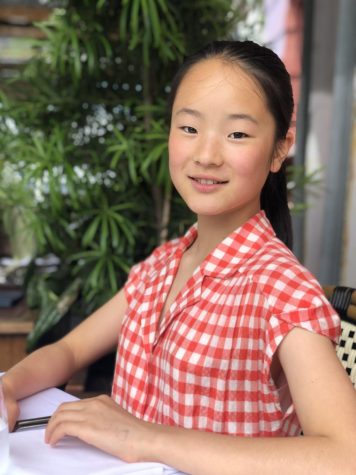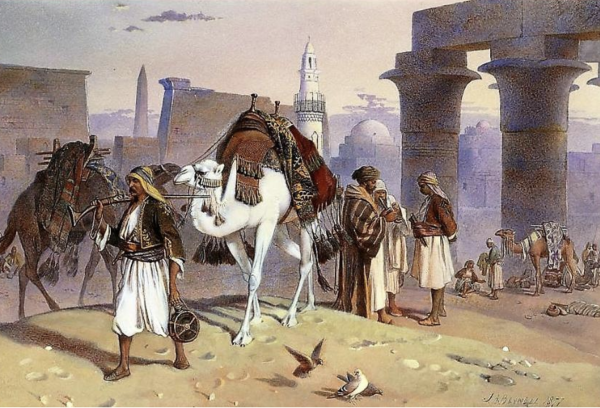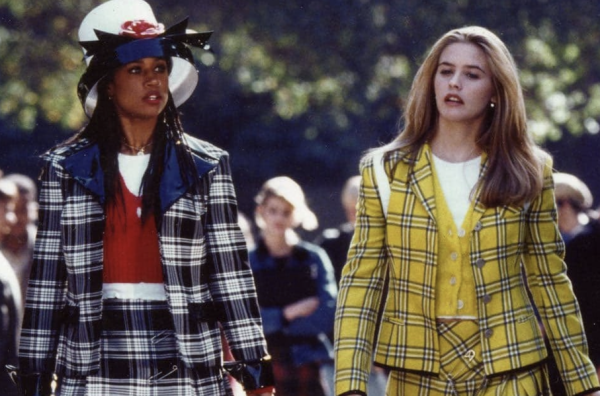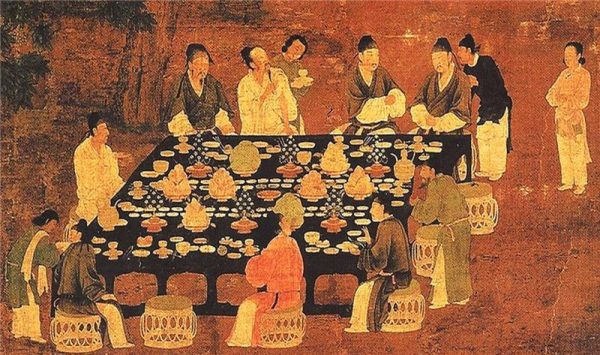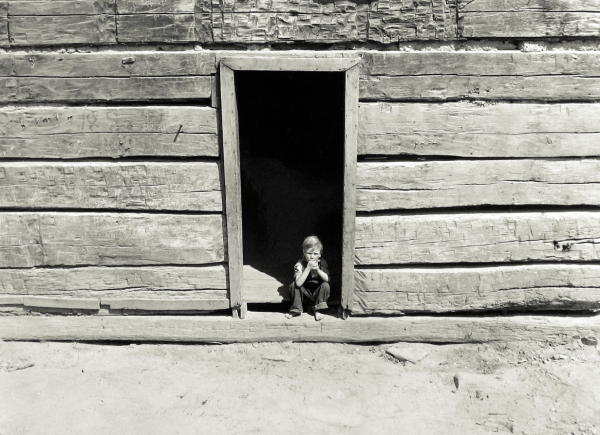72 Seasons, 1100 Colours
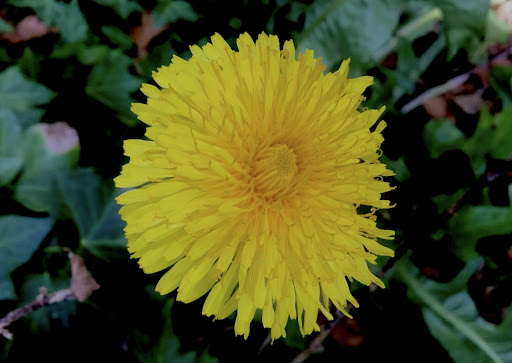
How would you describe the colour of daffodils? Yellow? Orange?
In Japan, you can describe the flower from more than 60 different shades of yellow.
Japan, a small country of islands, with 15 million years of history, has 72 seasons, and 1100 colours. Specifically, the 72 seasons are called ‘micro seasons’, which are split from the usual 4 seasons of spring, summer, autumn and winter. All of the seasons outline a slight change in nature and climate, whether it is the change in humidity, weather, or sometimes the awakening of tiny weeds, barely recognisable in daily life. However, the calendar of 72 kō (micro seasons) is known to be the best fit for Japanese seasons right now.
72 micro seasons originated from 24 solar seasons (or solar term), which is a Chinese traditional lunisolar calendar matching particular astronomical events in China. The concept was brought into Japan around the 5th or 6th century, where they further divided the 24 seasons into 72. Since there are around 365 days in a year, one season only took place for approximately 5 days. Till around the 1600s, Japan was using the 24 seasons and 72 micro seasons of China. However, they later adjusted these to Japanese sceneries and climate, creating a new version of 72 seasons, “honchō 72 kō.” Though it may not be used daily, people in Japan, especially the elderly, respect their ancestors’ sensitive sense of seasons and show gratitude towards a slight difference in the breathtaking scenery outside their windows through letters, poems, celebrations or art.
1 micro season of 72 is very specific, mentioning the names of birds, plants, flowers or animals that people may be able to find during the season. They are expressed as sentences, rather than any specific word(s).
For example, “Haru kaze kōri wo toku,” the first season that appears in the calendar, literally translates to “spring (east) wind melting the ice.” This season is followed by ‘uguisu naku’, translating to “Japanese bush warbler sings,” and “uo koori wo izuru,” “a fish jumps out of cracked ice.”. As you may notice, they pick up specific elements and their behaviours to describe the seasons.
Here are some more:
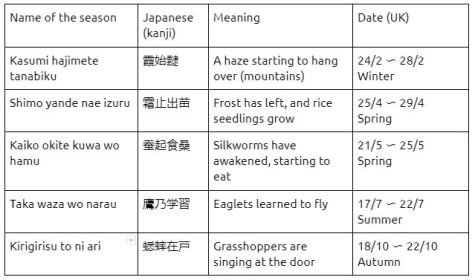
It is always fascinating to read the list of seasons as you imagine them in your head. 72 micro seasons not only show the beauty of the Japanese language but also describe the allure of untouchable nature.
Similar to the 72 seasons, Japan also recognises more than 1100 colours. Sometimes colours that look the same, have different names! This was because, in ancient times, the Japanese did not have the concept of colour and instead turned the element’s name into a name of a colour.
This all makes sense after you have been given some examples, but it is probably nearly impossible to list the name of more than 10 or maybe 20 colours off the top of your head right now. One of the other reasons why there are a variety of colours is the limitations of colours. It probably doesn’t make sense right? Well, here is how certain rules have made Japanese ancestors create new colours.
A few hundred years ago, around the 1600s, the concept of simple clothes to cut down the spending of each household was popularised around Japan. This was the time when some groups such as feudal domains had massive amounts of loans, which had to be paid by cutting the use of money among their citizens. Before, chōnin, or town people of Japan, loved luxurious flashy clothes, like kimonos. They were full of bright colours and patterns, which, of course, require a decent amount of money. As people were strict about wearing anything fancy or gorgeous, they started to have as much fun as possible with limited colours such as brown, ocher and grey. Today, there are more than 72 shades of brown named and used.
Here is a list of 10 greens and their names out of 82 traditional greens. You can probably see their differences but may have described them simply as darker green, lighter green, blue-ish green … and so on.
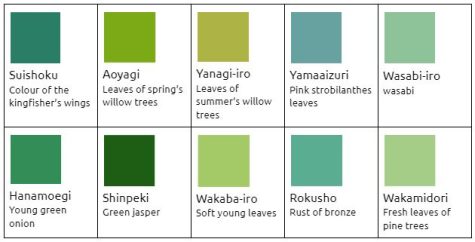
Can you spot a slight difference between wakaba-iro and wakamidori? Wakaba-iro has the RGB of (R: 164 G: 202 B: 104), while wakamidori has the RGB of (R: 165 G: 205 B: 137), so this one is more blue-ish.
This recognition of colours is thanks to the natural environment of Japan. They are applied to almost every Japanese culture and tradition, whether it is pottery, clothes or jewellery.
It is always breathtaking how some people can spot a slight difference in seasons or colours. Even if you are not born in Japan, it is always possible to train to be able to recognise the slight differences in seasons and/or colours. They are significantly useful in many careers and areas, including design, art, architecture, nature and more.
References/Recommended Reading/Sources:
https://www.benricho.org/koyomi/72kou.html#21


